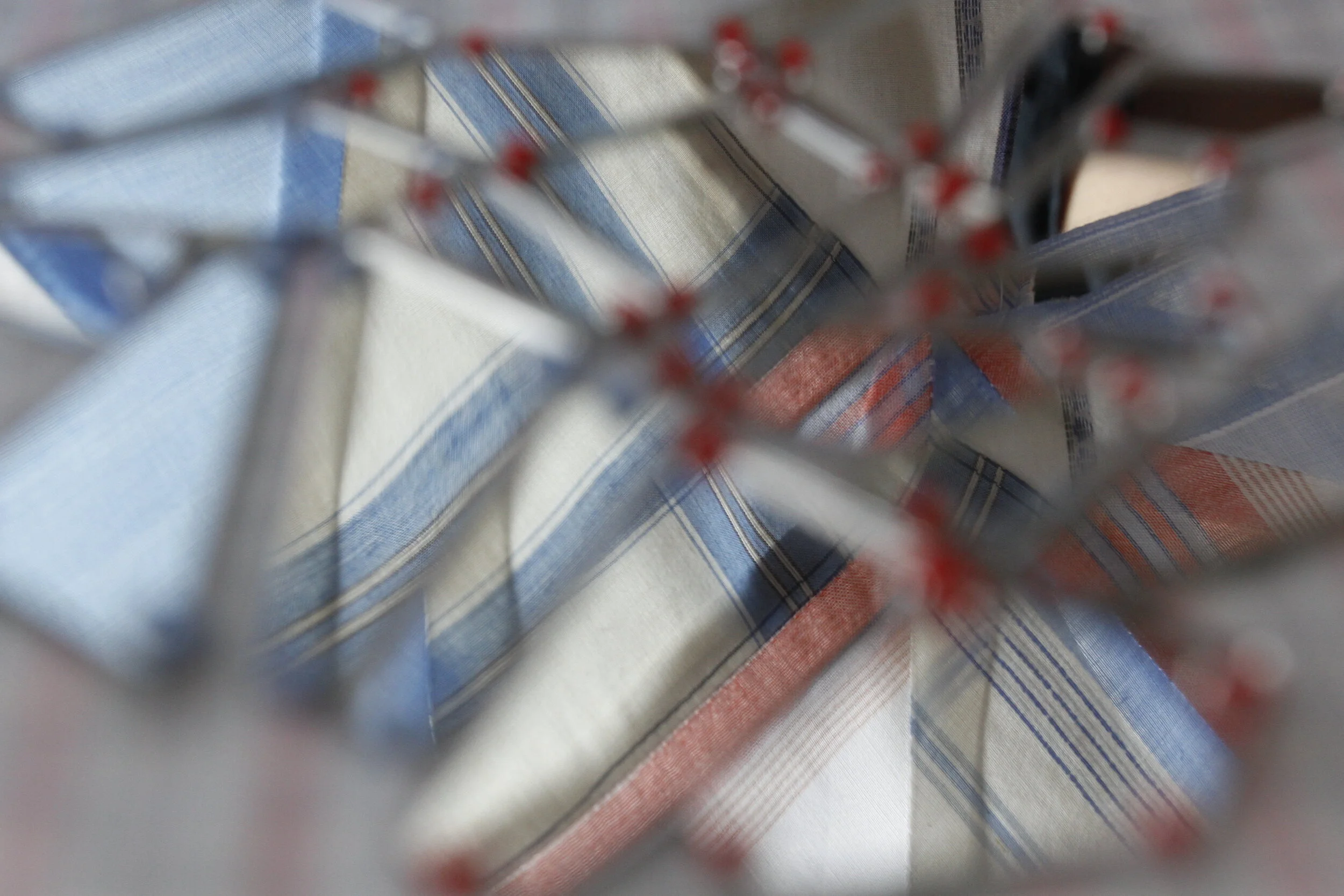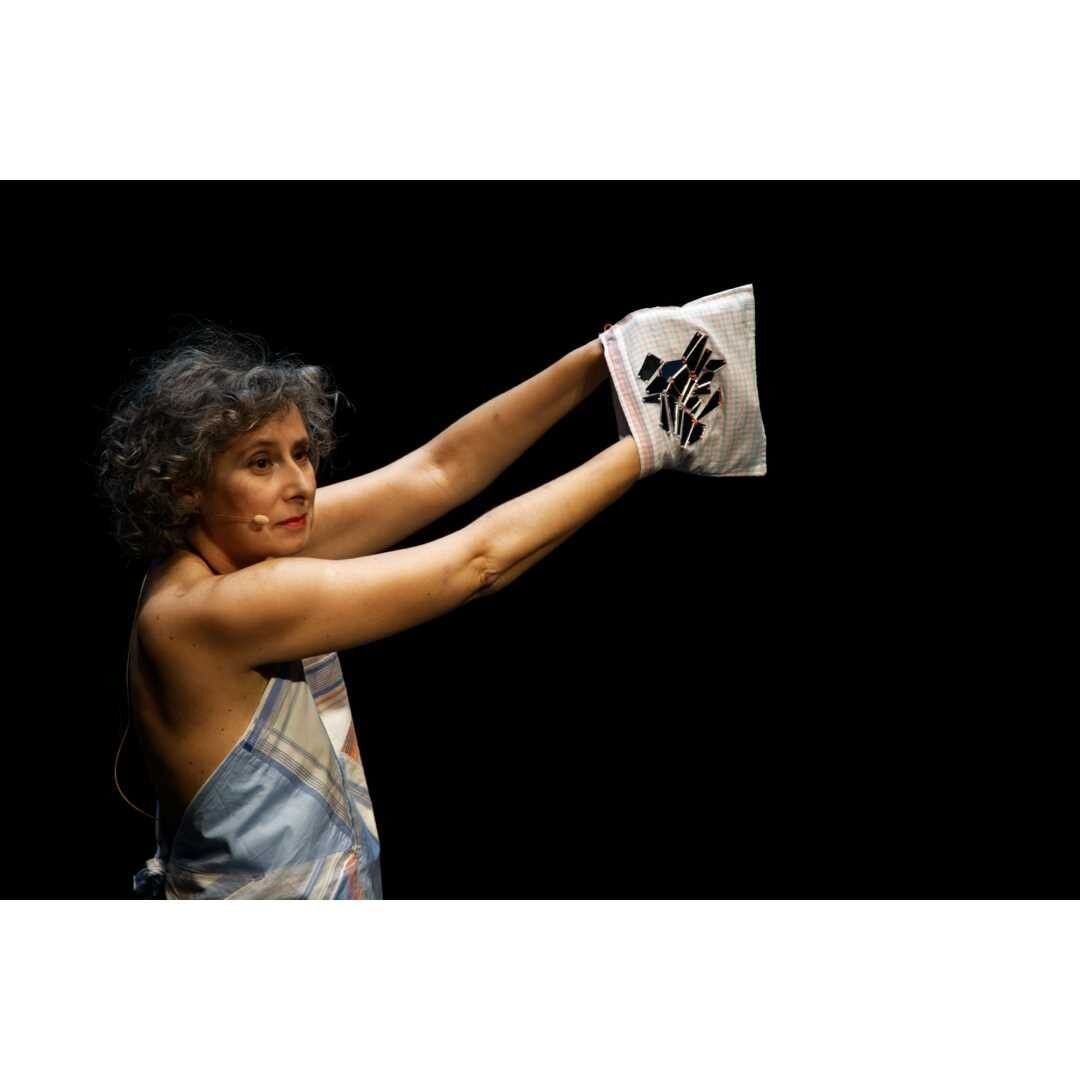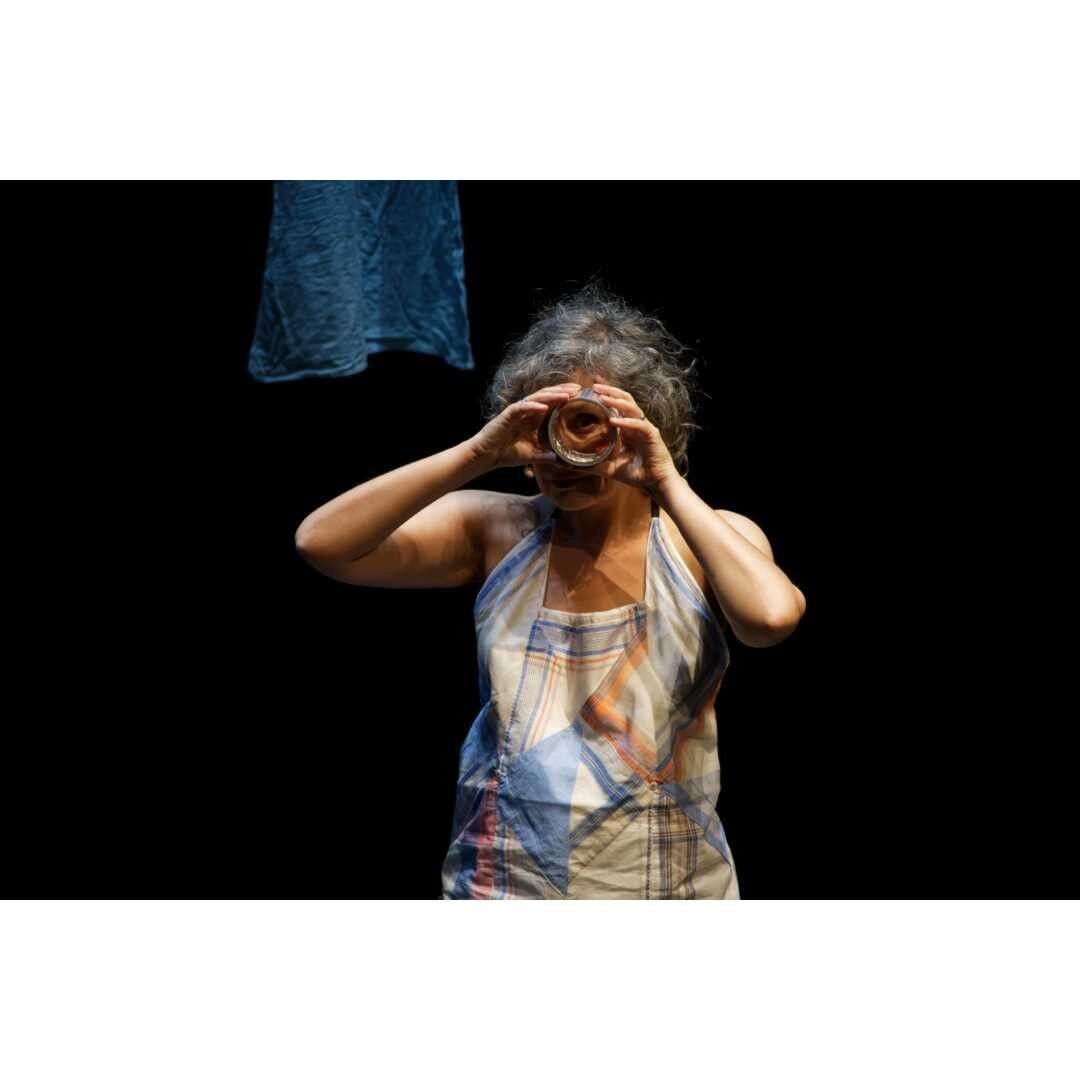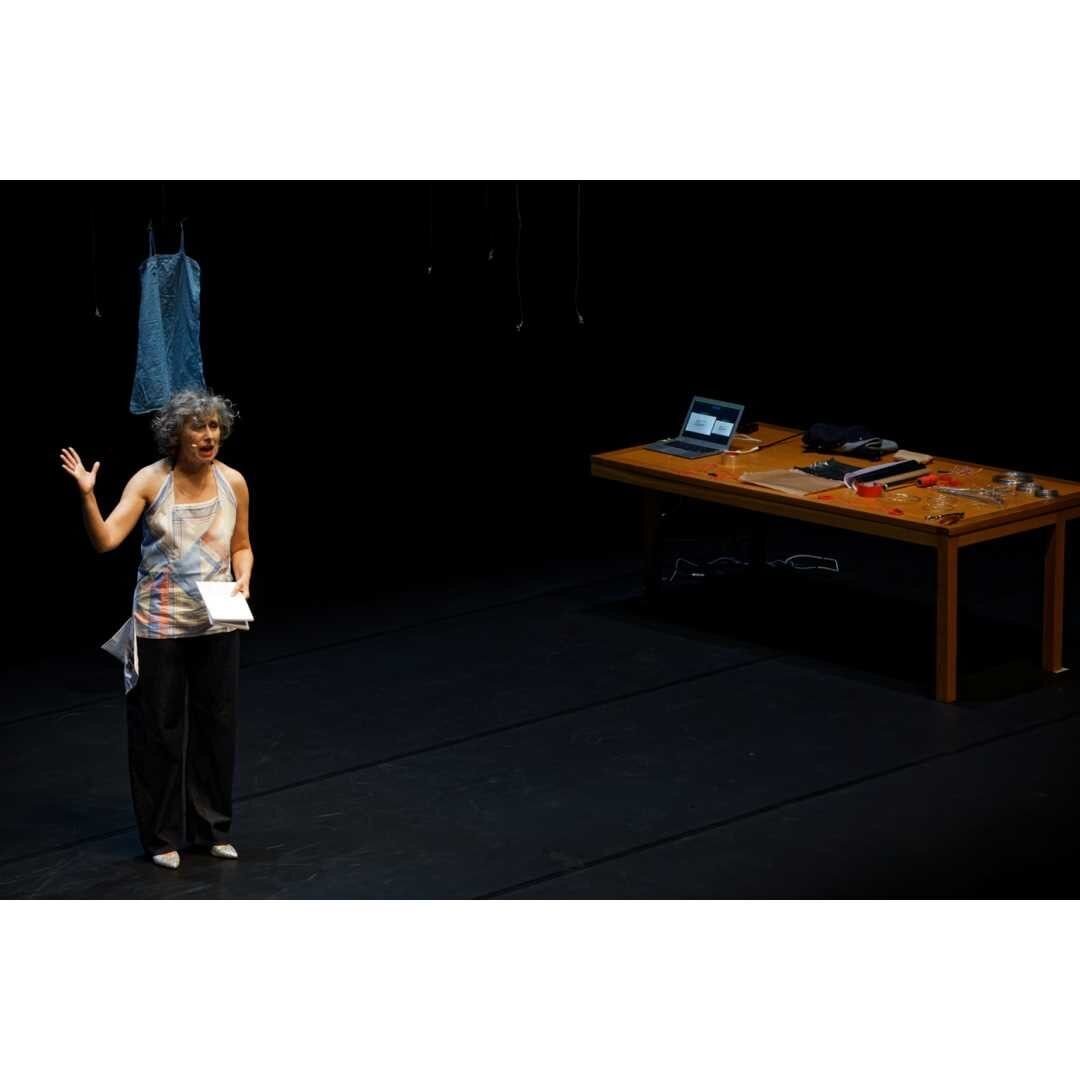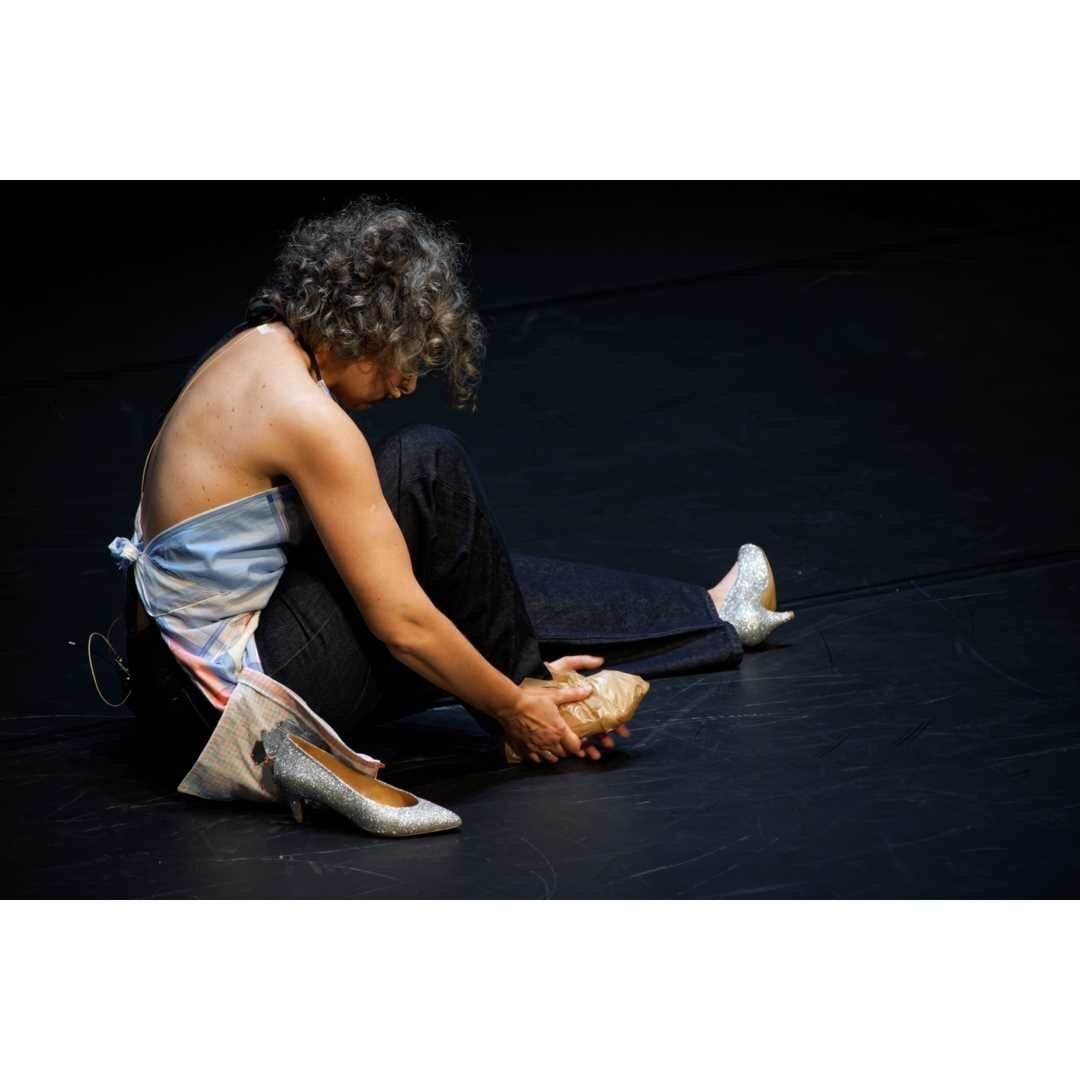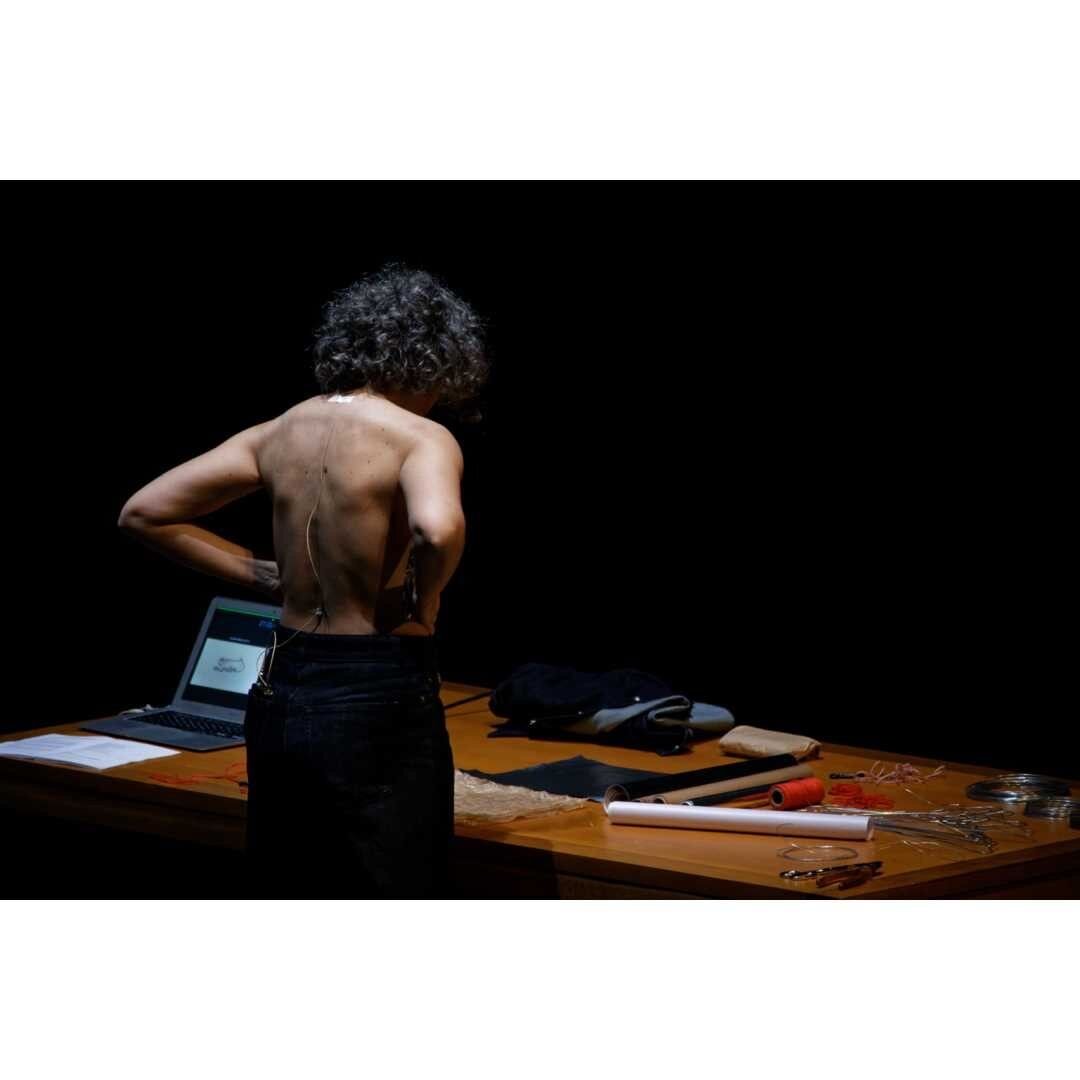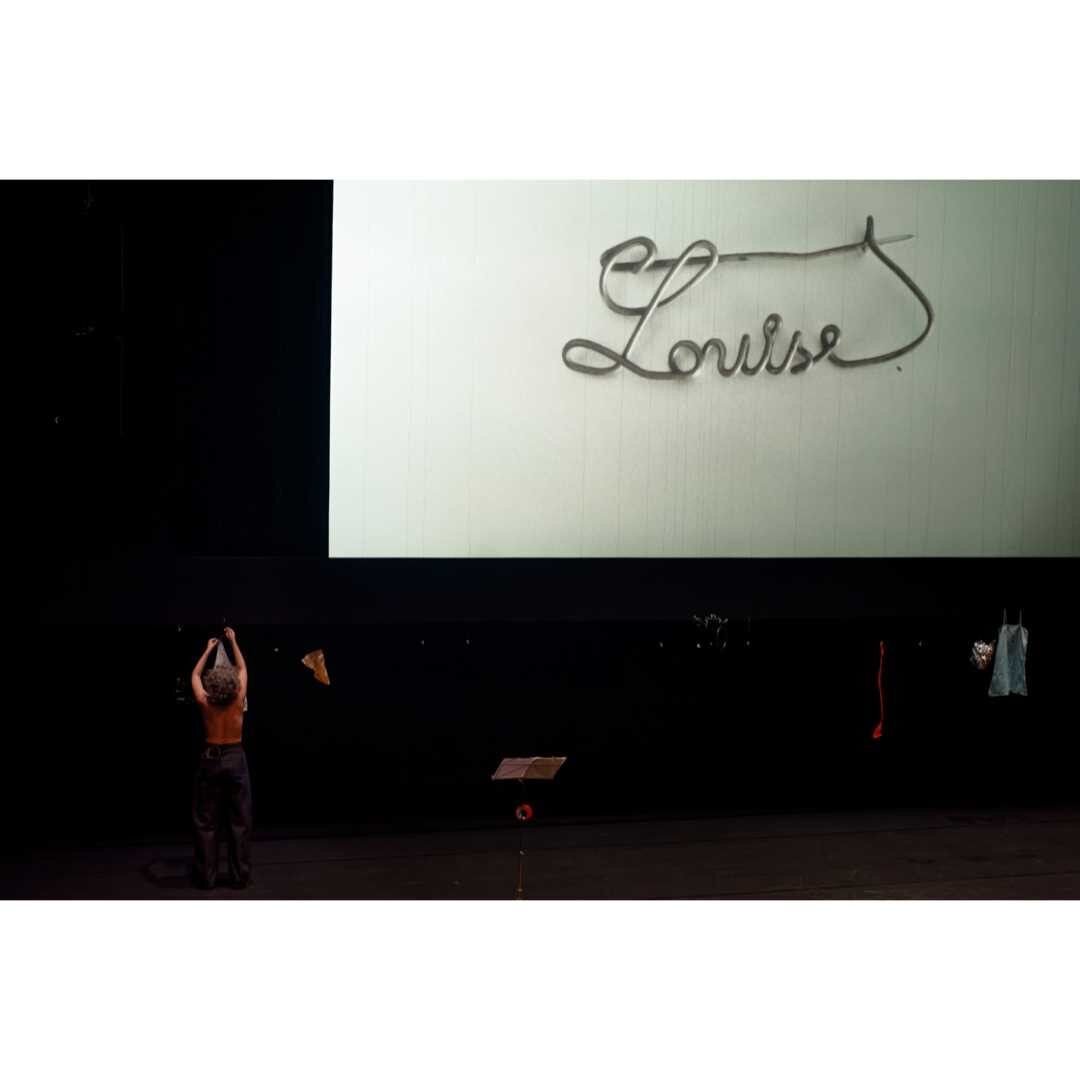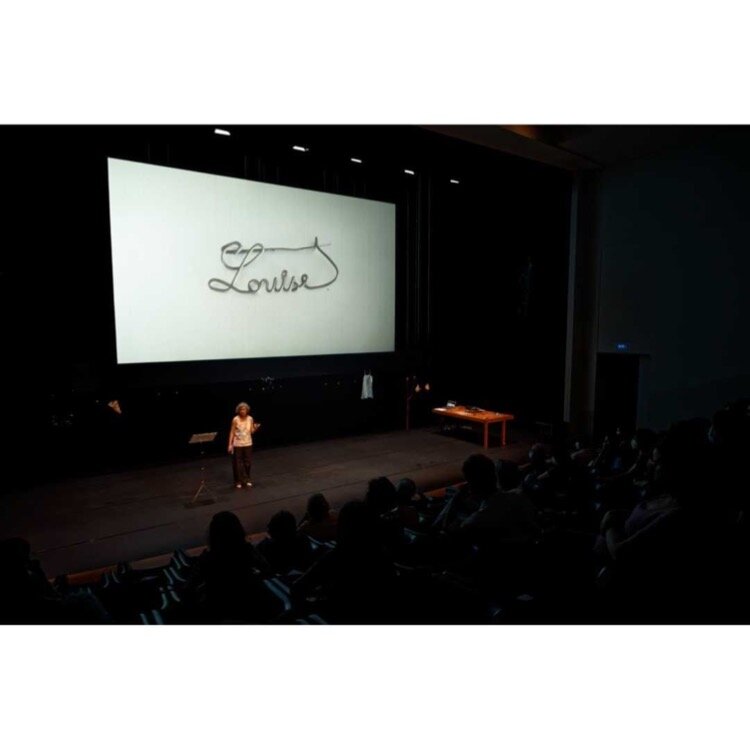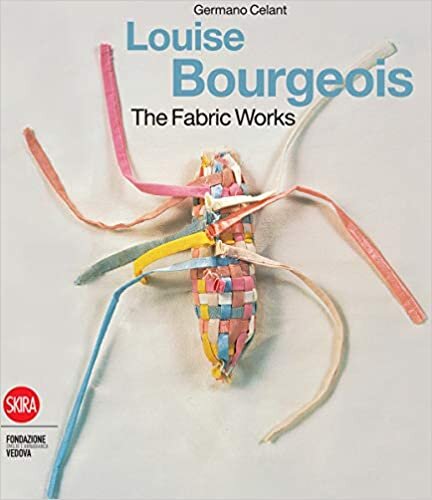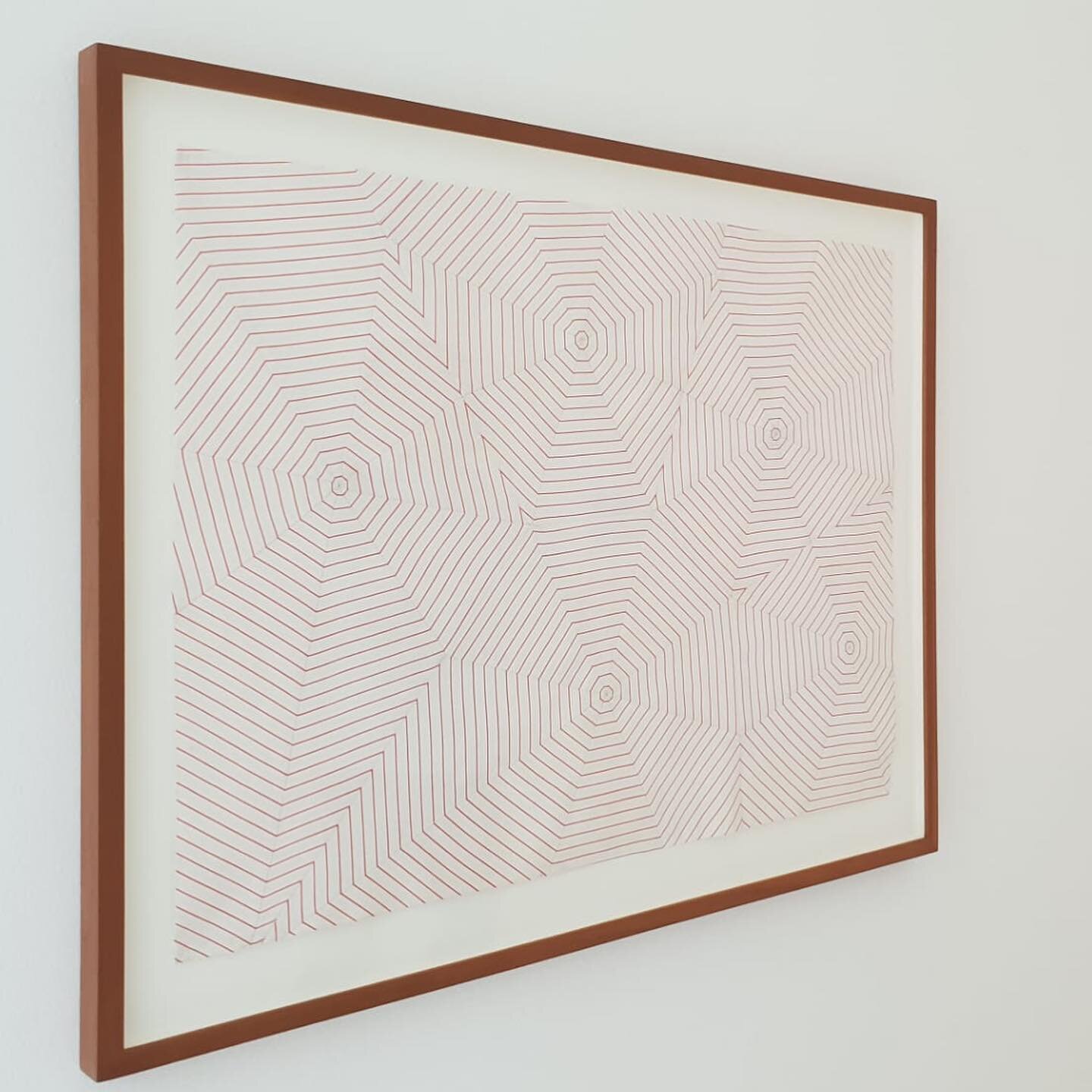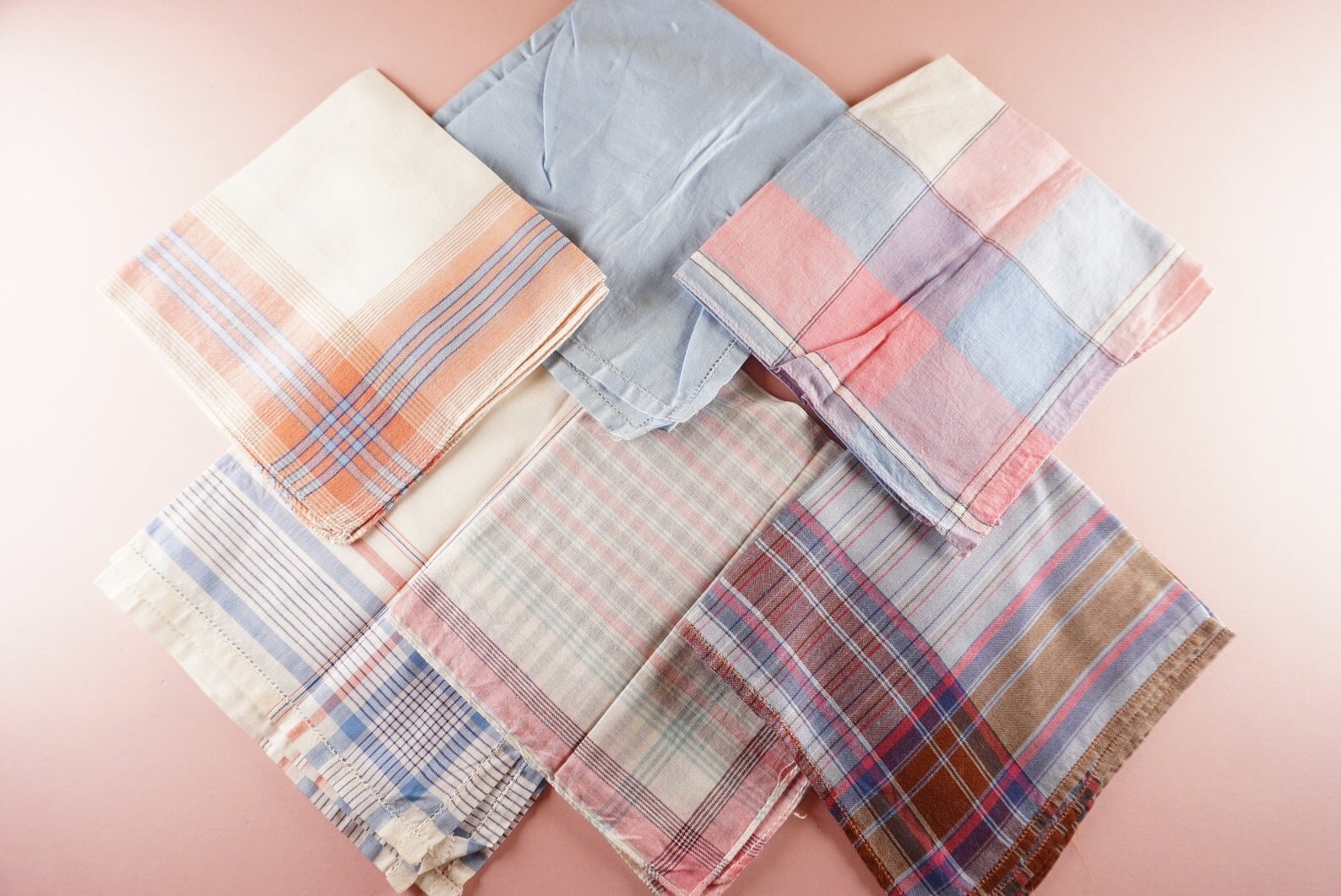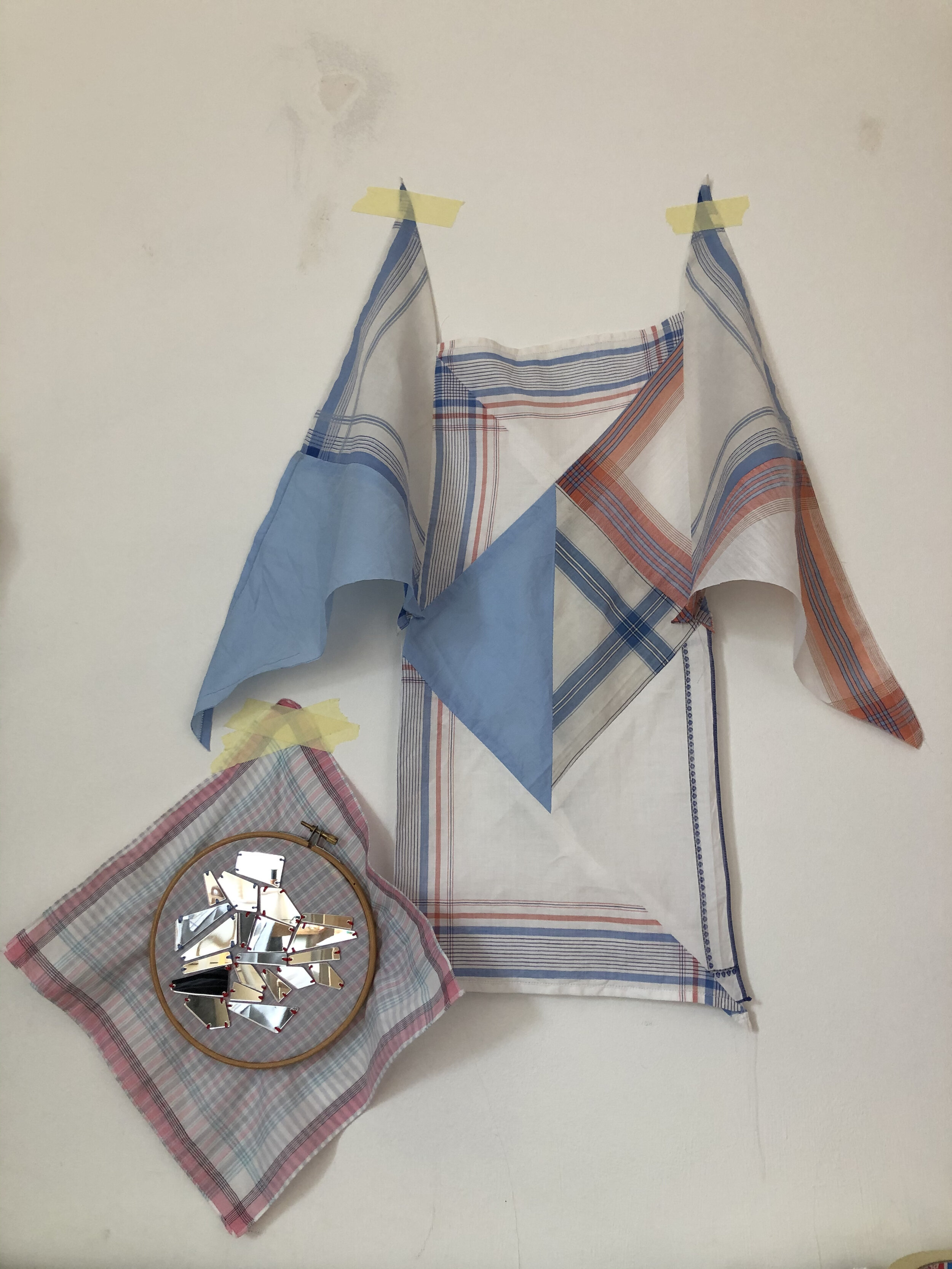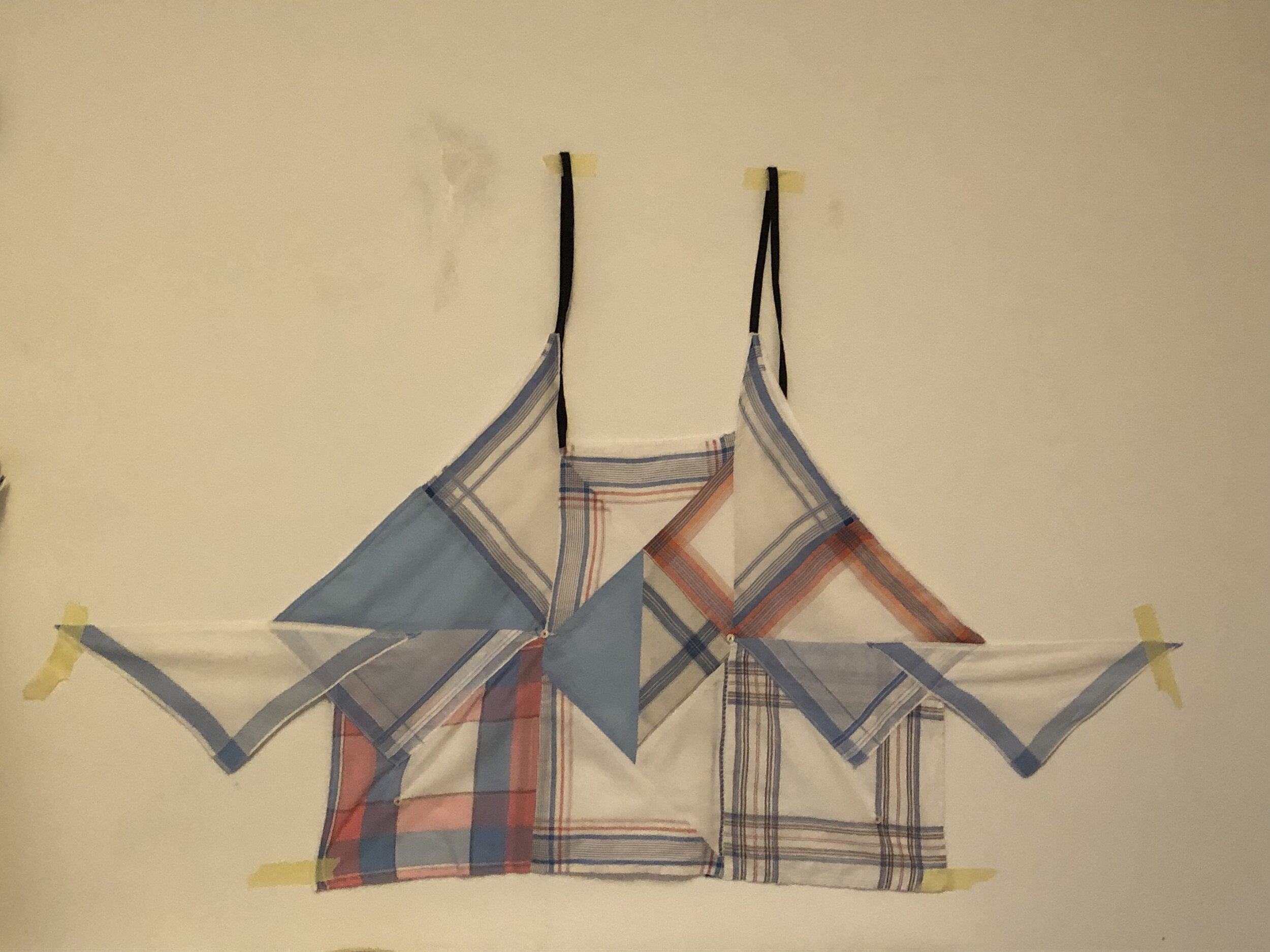Collaboration with artist Sónia Baptista on the creation of a piece for Louise Bourgeois, during the exhibition, To Unravel a Torment curated by Emily Wei Rales, Director and co-founder of Glenstone Museum. At Serralves the exhibition was organised by Philippe Vergne, Director of the Museum, with Paula Fernandes, Curator.
Auditorium 15 - 16 JUL 2021 at 20:00
“DESDORMIR A DESORAS” SÓNIA BAPTISTA
Sónia Baptista explores and experiments with the languages of dance, performance, music, theatre and video, which manifest in the originality of her creations and the visual devices deployed in them. Writing and spoken word are the main engines of her work, along with an aesthetical and spatial dimension. As a result her facing with Louise Bourgeois’ sculptures shown at the Serralves Museum, together with her diaries and literary references, Sónia Baptista brings us the piece ‘desdormir’ [unsleeping], created in collaboration with artists Lara Torres and Raquel Melgue.
For the development of the costume for Sónia Baptista’s costume, the focus was on Louise Bourgeois fabric works (as per Germano Celant’s 2010 publication), recycled handkerchiefs and aprons.
In the 17th century, pockets began to be sewn into men's clothing, but not women's, which continued to be tied on and hidden under the large skirts popular at the time. Historically, the term "pocket" referred to a pouch worn around the waist by women in the 17th to 19th centuries, mentioned in the rhyme Lucy Locket:
Lucy Locket lost her pocket,
Kitty Fisher found it;
Not a penny was there in it,
Only ribbon round it.
In these pockets, women would carry items needed in their daily lives, such as scissors, pins and needles, and keys. The publication ‘The Pocket, A hidden history of Women’s lives’ was at the centre of the work’s research:
— “What particularly interests Burman and Fennetaux is the way in which women of all classes have historically used these tie-on pockets as a supplementary body part to help them negotiate their way through a world that was not built to suit them.”―Kathryn Hughes, The Guardian about ‘The Pocket, A hidden history of Women’s lives’
‘The ‘handkerchief’ was a generous wrap in almost universal use, covering the neck and upper chest, and added to the layering of women’s dress. Easily detached from the body, it could then form a temporary bag or bundle when required” in The Pocket, A hidden history of Women’s lives’ (…) (in Burman and Fennetaux, The Pocket, A hidden history of Women’s lives).
The mirrors relate to Bourgeois thinking about voyeurism and surveillance, the mirrors reflect each other and the eyes in an endlessly probing insular circuit.

